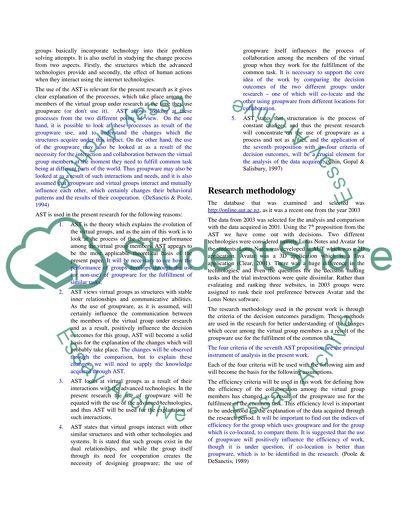Cite this document
(“Does physical location impact collaboration between groups Essay”, n.d.)
Does physical location impact collaboration between groups Essay. Retrieved from https://studentshare.org/miscellaneous/1523822-does-physical-location-impact-collaboration-between-groups
Does physical location impact collaboration between groups Essay. Retrieved from https://studentshare.org/miscellaneous/1523822-does-physical-location-impact-collaboration-between-groups
(Does Physical Location Impact Collaboration Between Groups Essay)
Does Physical Location Impact Collaboration Between Groups Essay. https://studentshare.org/miscellaneous/1523822-does-physical-location-impact-collaboration-between-groups.
Does Physical Location Impact Collaboration Between Groups Essay. https://studentshare.org/miscellaneous/1523822-does-physical-location-impact-collaboration-between-groups.
“Does Physical Location Impact Collaboration Between Groups Essay”, n.d. https://studentshare.org/miscellaneous/1523822-does-physical-location-impact-collaboration-between-groups.


